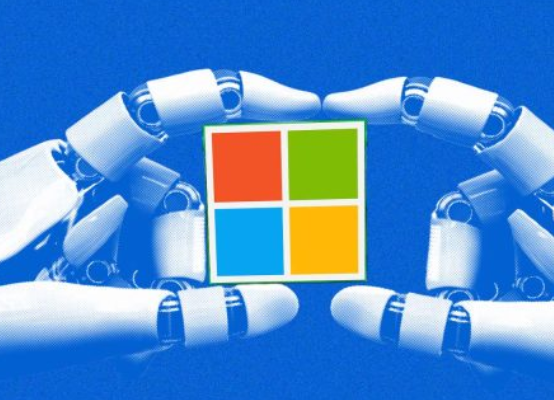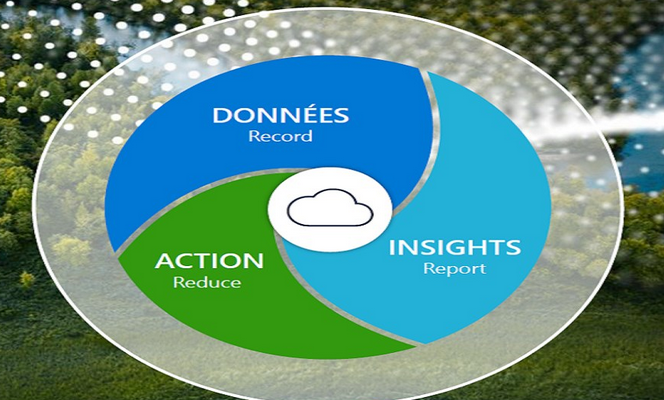User-Defined Routes 2 – Virtual Networking
Creating a Custom Route 7. After confirming the details, you can click OK, and the route will be added to the Routes blade of the routing table. In short, this route will be applied to the private subnet with the address range 172.17.3.0/24, and all …








